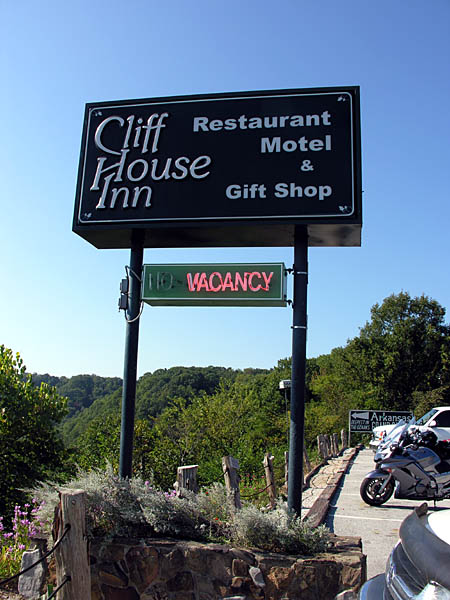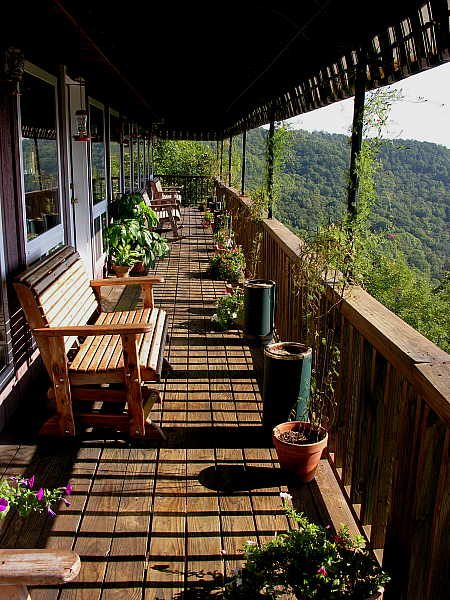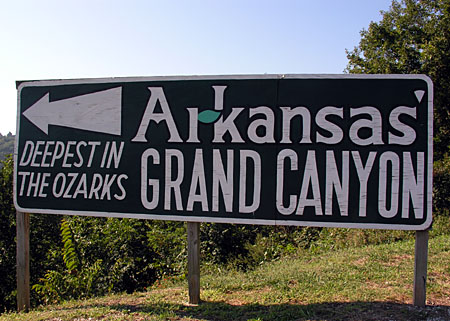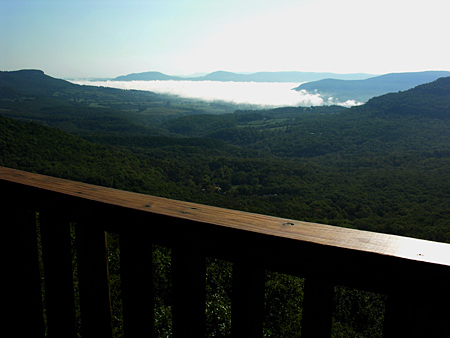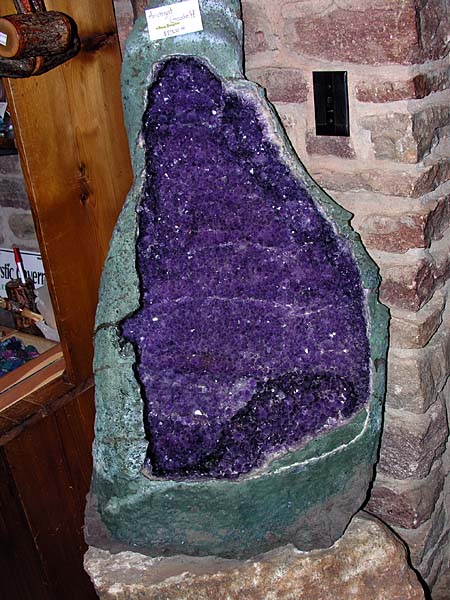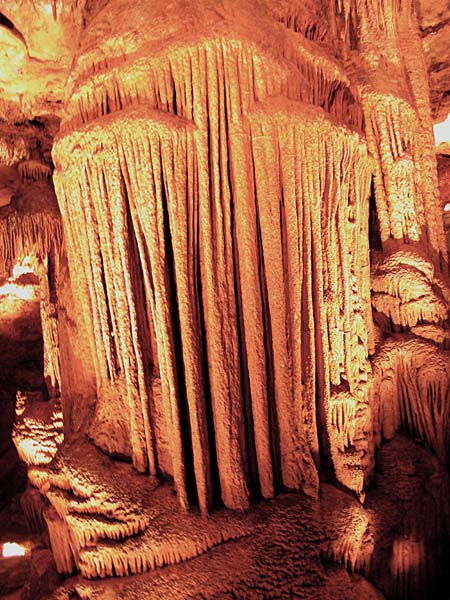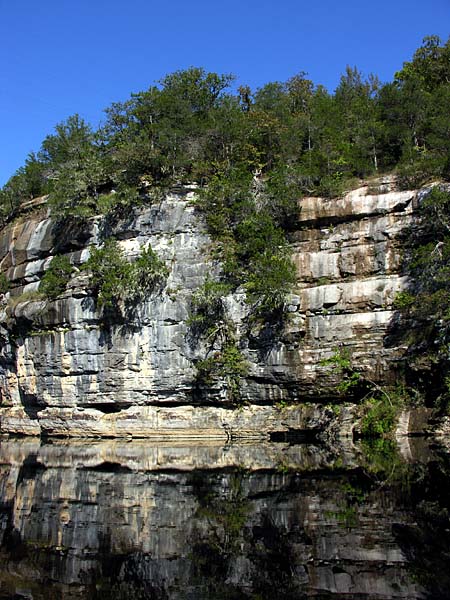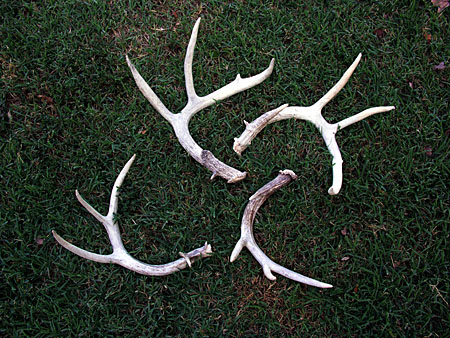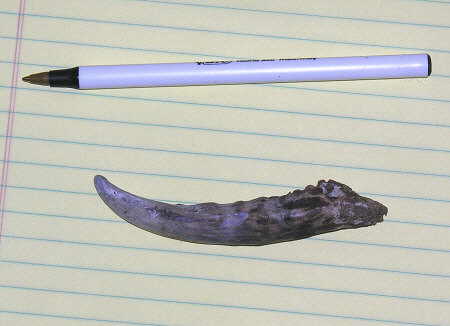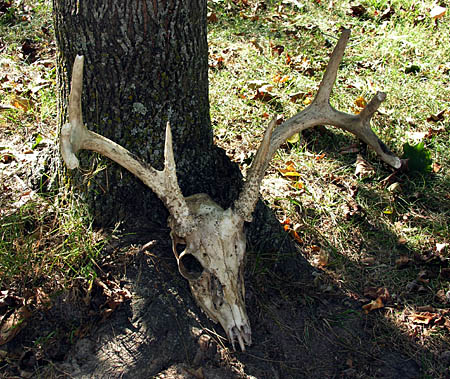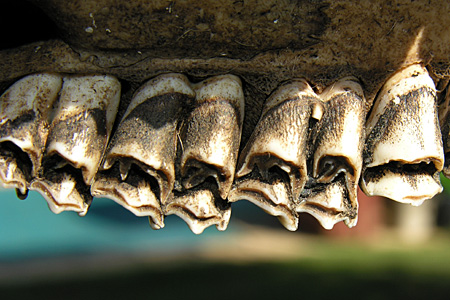Devil’s rope – an ominous sounding moniker. But anyone who has worked with barbed wire will tell you that it is an appropriate term for this most unforgiving ranch fixture. Devil’s rope (AKA barbed wire) will lash out at you at the least provocation. It will lacerate your skin just as efficiently as it rips your new blue jeans to shreds. Want to know if someone really lives on a farm or ranch? Just look at their hands and arms for the telltale scars that come from working with this fiendish fencing material. No scars apparent? Urban cowboy. Period.
So you can appreciate the slight groan that escaped my lips as Retta informed me that a small section of barbed wire fence (seen above) needed repair.  This was a task that couldn’t wait, however.  This section of fencing keeps our horses within their grazing pasture, and out of our pond and nearby hayfield. At best, barbed wire fencing is a safety concern around horses, but sagging, loose barbed wire is a disaster waiting to happen. So off to work I went.
I gathered up my small collection of barbed wire fencing tools to accomplish this repair chore.  Spools of barbed wire are both heavy and unwieldy, so it is helpful to use some type of caddy to facilitate handling the spools. Commercial caddys are available at farm & ranch stores, but since I had two solid-rubber, spoked, ball-bearing wheels laying around, I fashioned a makeshift caddy using the surplus wheels, along with some scrap lumber and a couple of pieces of threaded rod.
The basic tools I use are seen in this photograph. A bolt cutter will cut through wire, nails and fencing staples easily, so it is handy to have one on hand for repair work.
The t-post driver is a heavy tool that is used to pound t-post into the ground (you can see a picture of one in action in this previous post). I cannot tell you exactly how much mine weighs, but I can describe a magical property that all t-post drivers possess – with each successive t-post that you install, the driver gets heavier. It will get heavier and heavier, until you can’t lift it anymore!
The yellowish device is a wire stretcher, which allows the barbed wire to be drawn up tight and firm. The small red-handled tool is called a fencing pliers, and is very handy to have in your pocket as you make repairs. A spool of smooth wire can be utilized in a variety of ways, as can a good assortment of fencing staples (for trees and wooden posts) and t-post clips.
Last, but certainly not least – don’t forget a stout pair of leather gloves to help protect your hands from the thousands of sharp, cunning barbs that await you on the malicious spool of wire you are about to work with.
If you are careful about positioning your t-posts correctly before pounding them into the ground, you may never need to use the t-post extractor pictured above, however,  if you are like me, it will soon become a well-worn tool in your arsenal of fencing supplies. It is a simple device that grips the nubs projecting from the t-post, and through the use of a fulcrum base, exerts tremendous upward pressure onto the t-post, thereby extracting it from the ground. Now, you can re-position it and pound it back into the ground, where you should have put it in the first place :)
The reason I have chosen to ramble on about devil’s rope will become apparent with my next post, so check back soon…







